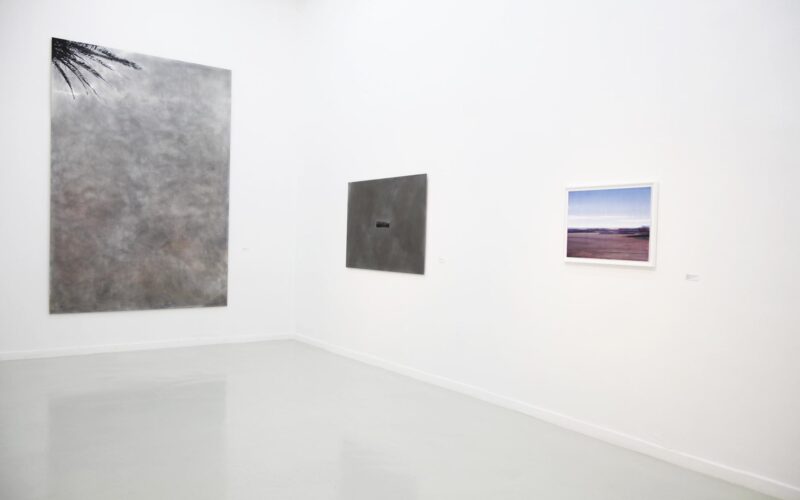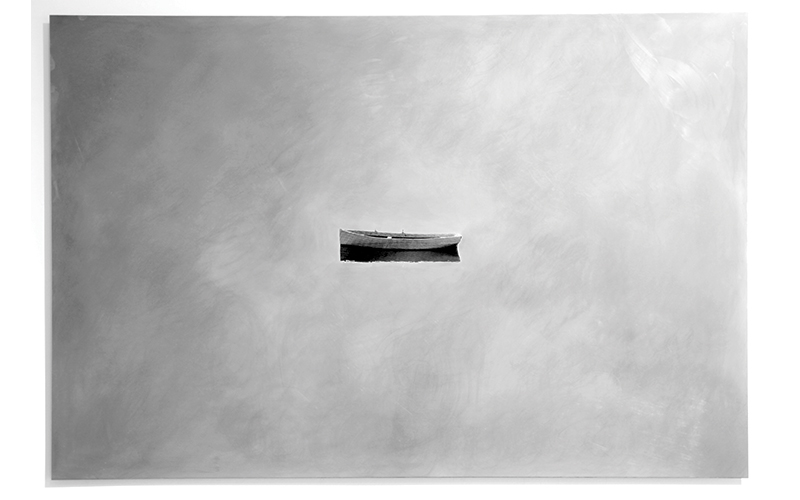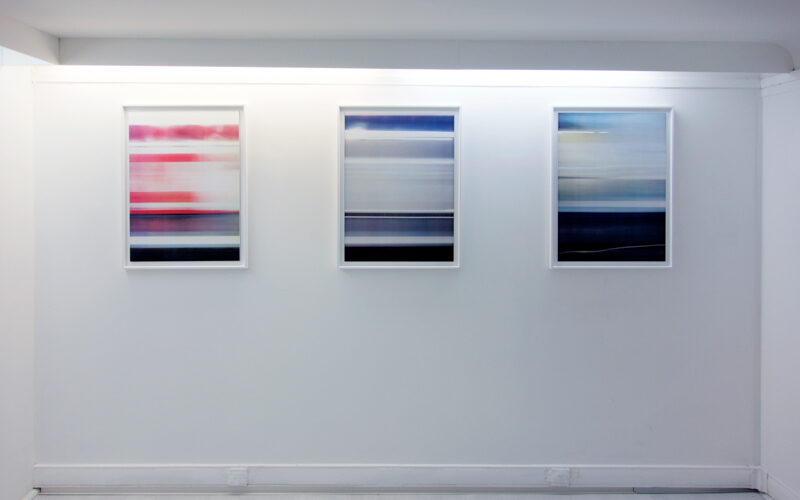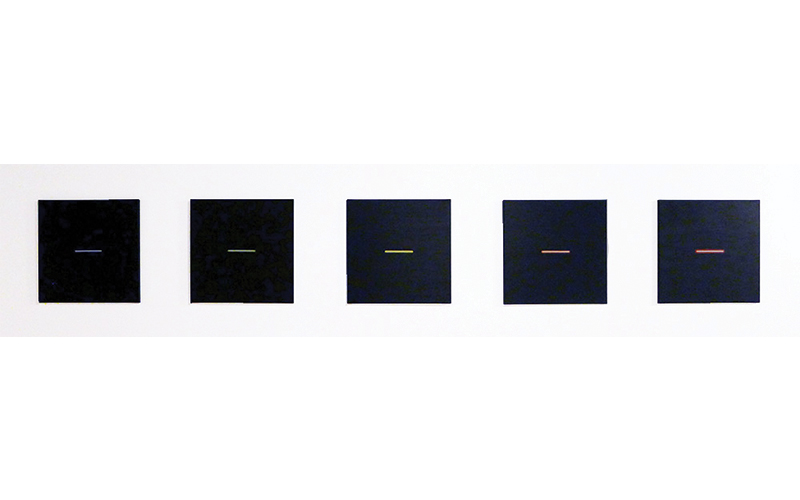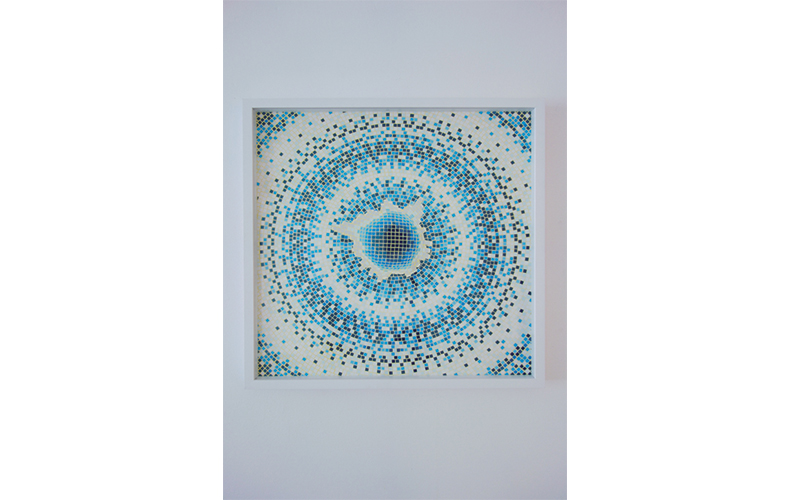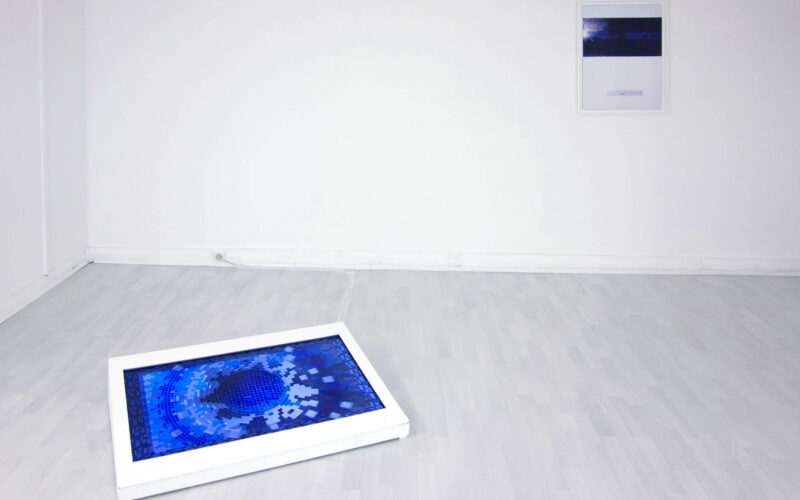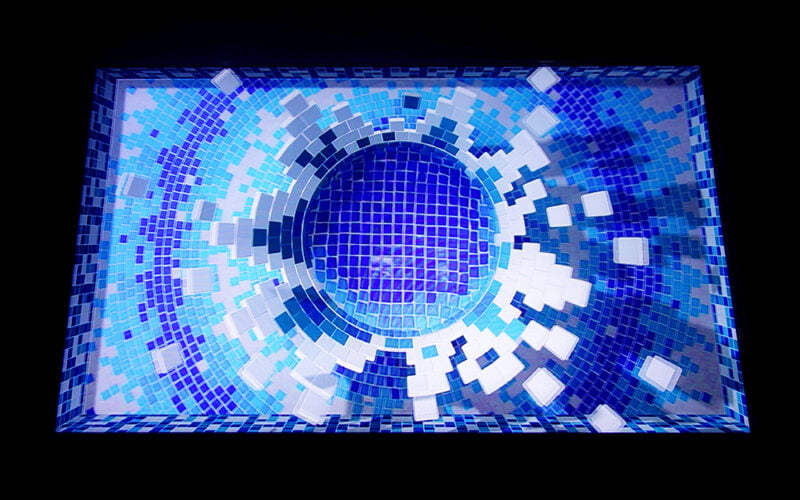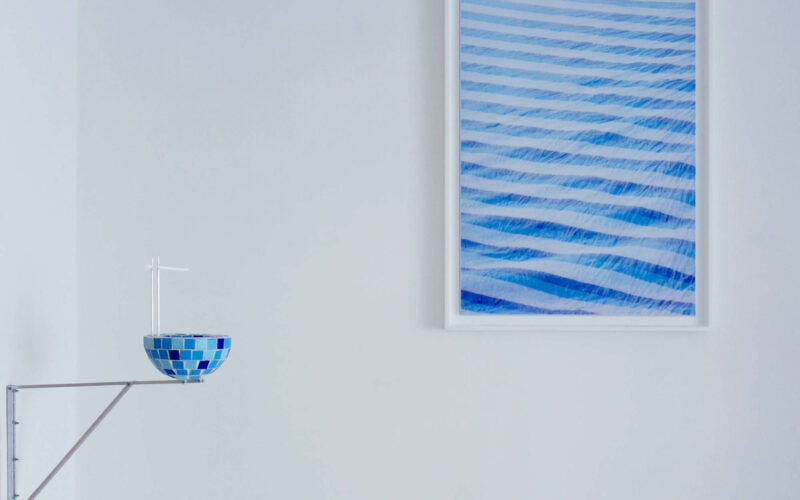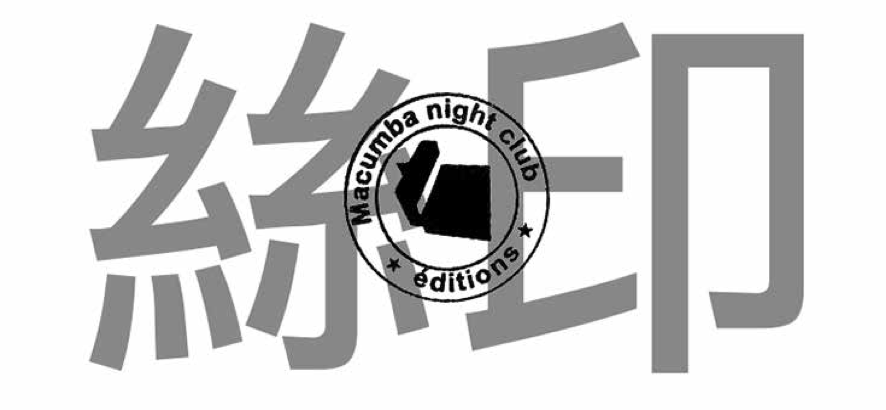[vc_row row_type=”row” use_row_as_full_screen_section=”no” type=”full_width” text_align=”left” background_animation=”none” css_animation=”” css=”.vc_custom_1411208040669{margin: 0px !important;}”][vc_column][vc_column_text css=”.vc_custom_1586966011119{margin-top: 0px !important;margin-right: 5% !important;margin-bottom: 200px !important;margin-left: 5% !important;}”]
O SOLE MIO
David Ancelin, the fictional image
The history of silk-screening is already long and David Ancelin is precisely part of this Warholian heritage, with the difference that his images do not come from the print media or advertising. He uses his camera to obtain an image that will then serve as a model in a whole process of passage to the silkscreen. Like the series of drawings By Night inaugurated in 2010, David Ancelin favors the gap between photography whose medium is indicial and its approximate rendering by the pictorial technique. Photography records a continuum of reality while a silkscreen is the result of a process of mental transcription. Although his photographs have a formal kinship with his drawings, it can be said that he constructs a fictional image insofar as the drawing takes from the photograph its lines, tones and strengths while abandoning its dimension of quoting reality. The deserted urban settings appear as melancholic landscapes, at worst abandoned after a tragedy. The atmosphere of a black series created by David Ancelin is the fruit of the passage between his photographic universe which notes a point of view and a reality, and the drawing which remembers and which by the memory builds a fictional reality. David Ancelin’s silk-screening also makes the choice of surprising supports such as mirror or steel in order to optimize the already blurred border between photography and painting. This technique has the merit of reinforcing the feeling of disquieting strangeness theorized by Freud as early as 1919 and which gives the indexical image a destabilizing power on the psyche. The absence of any context in the series Smog (2010-2013) and the solitude of the image are conducive to all the most unmentionable fantasies. Plane in a cloudy sky, boat lost in the middle of the ocean, abandoned boat, wave coming from nowhere, so many images of emptiness and absence of a world that seems to have withdrawn.
The recent series Short Cuts (2013) – silkscreen on lacquered wood – is instead presented as so many diverse atmospheres and places. The treatment that the artist brings to the initial image leaves once again the place to all possible interpretations. Wet ground after the rain or contemporary and urban rereading of Monet’s Water Lilies kept at the Orangery; undulation of a blue and white pattern evoking an abandoned plastic bag as well as a rough sea; reflection in the water that echoes as much the history of impressionist painting as that of contemporary photography and notably Thomas Struth. All possible fictions can be considered. Like the writer, who feeds his narrative from elements of reality, David Ancelin creates potential narratives from real images.
Through the diversity of media, he also distinguishes himself from pop and more contemporary painters such as Rebecca Howe Quaytman, Christopher Wool or Wade Guyton – who most often transfer the image to canvas. For the use of silk-screen printing is not envisaged as a background, a support, a mechanical image on which the artist will then intervene with the spontaneity, the freedom and/or the precision of the hand. Silk-screen printing or more commonly, printing is considered by the artist as a medium in its own right, whose possibilities and limits he explores.
Elodie Antoine, 2014
Macumba night club editions is an invitation from the artist David Ancelin to other artists to realize in collaboration with each of them, an edition in serigraphy. This project was born in Nice in June 2011 during a first presentation in David Ancelin’s studio. This place, also called Macumba night club, was converted into an exhibition space with walls painted in black and white. He had solo and group exhibitions there from 2010 to 2012. The term Macumba designates a form of voodoo practice between black magic and white magic as well as a chain of nightclubs of the same name that appeared in the 80s in France.
Alain Declercq, Axel Huber, Cédric Teisseire, David de Tscharner, Davide Bertocchi, Donald Urquhart, Eric Duyckaerts, Gabriel Jones, Gerhard Gutenberger, Hippolyte Hentgen, Ingrid Luche, Inventory, Jacques Julien, Jean-Baptiste Bouvet, Jeanne Susplugas, Julien Bouillon Kristina Irobalieva, Marine Semeria, Mathieu Mercier, Michel de Broin, Noël Dolla, Olivier Nottellet, Bruno Peinado, Pierre Malphettes, Stéphane Steiner, Stéphane Calais, Stuart Middleton, Tobias Kaspar, Valentina Traïanova, Xavier Theunis, Zora Mann
[/vc_column_text][/vc_column][/vc_row][vc_row row_type=”row” use_row_as_full_screen_section=”no” type=”full_width” text_align=”left” background_animation=”none” css_animation=””][vc_column][/vc_column][/vc_row]

